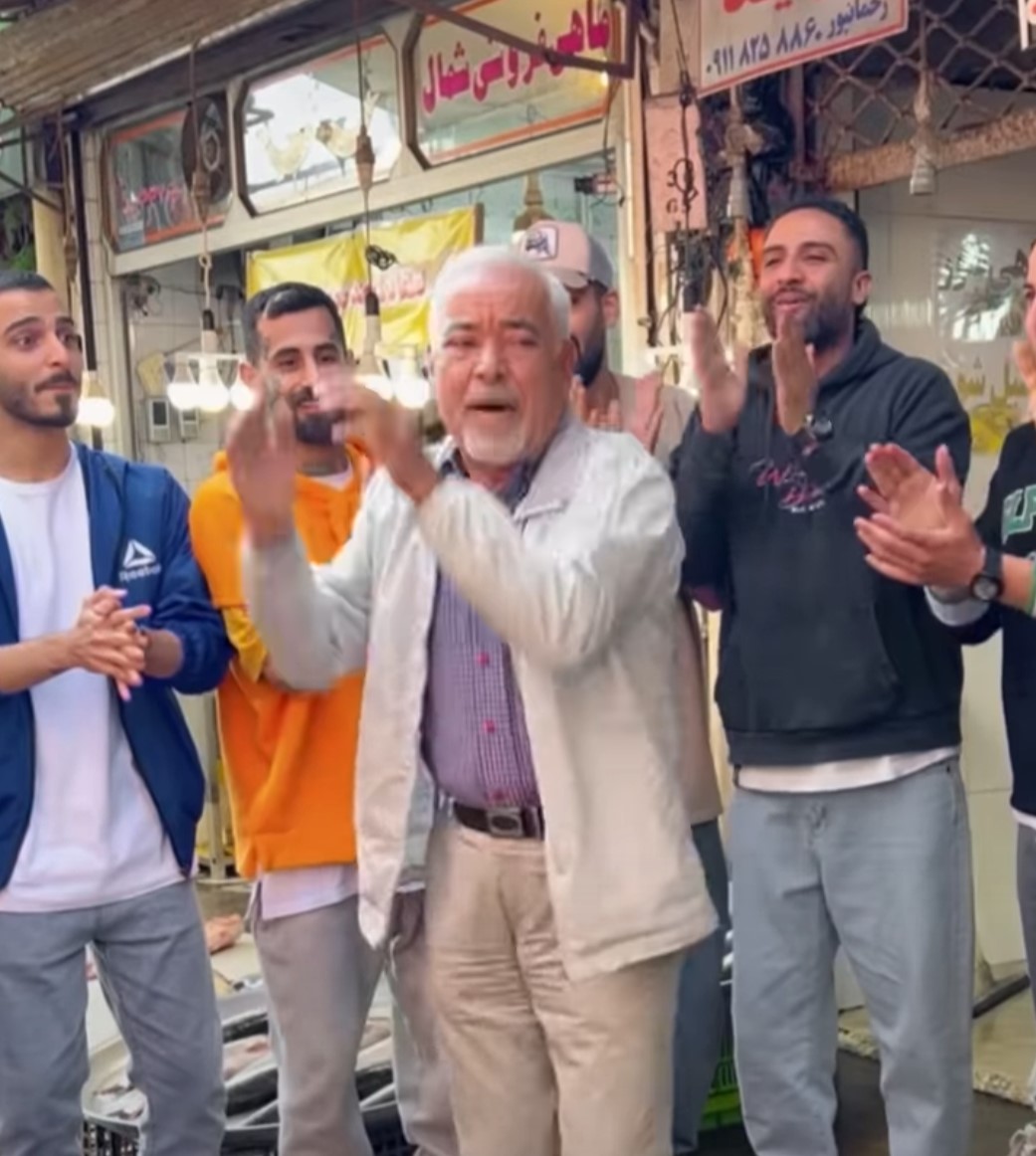Iran is experiencing an unprecedented form of protest that has captivated the nation and challenged government restrictions on public expression. The movement, dubbed the “happiness campaign,” revolves around a lively folk song featuring the catchy chorus, “Oh, oh, oh, oh,” and has become a symbol of civil disobedience against the Iranian government.
The unexpected protest originated when a 70-year-old man named Sadegh Bana Motejaded joyfully danced at a Rasht fish market, urging others to join in the celebration. A remixed video of his spirited dance went viral, turning the movement into a national phenomenon.
However, the government’s response was swift and severe. Twelve men featured in the video were arrested, sparking widespread public outrage. Critics accused the government of prioritizing crackdowns on expressions of joy while neglecting more pressing issues like corruption.
In a surprising twist, the public backlash against the arrests transformed into a full-fledged movement. Citizens from diverse backgrounds began filming themselves dancing to the infectious folk song, sharing their videos on social media platforms. This movement, dubbed the “happiness campaign,” rapidly gained momentum.
The government’s attempts to suppress the movement included interrogations, beatings, and threats against those involved. Street musicians in Rasht faced arrests, and their instruments were confiscated. However, far from deterring the protestors, these actions only fuelled more dissent.
In a surprising turn of events, the government eventually retreated. Authorities denied Sadegh Bana Motejaded’s arrest and restored his Instagram page, which had been shut down during the crackdown. Motejaded, now hailed as a national hero, has amassed close to a million followers on his social media account.
The “happiness campaign” stands as a powerful symbol of resistance, showcasing that even under oppressive restrictions, people can unite through creative and joyful means to express their discontent and demand change. This viral dance protest has not only captured the attention of Iranians but has also sparked a renewed call for freedom and a re-evaluation of the government’s policies.
